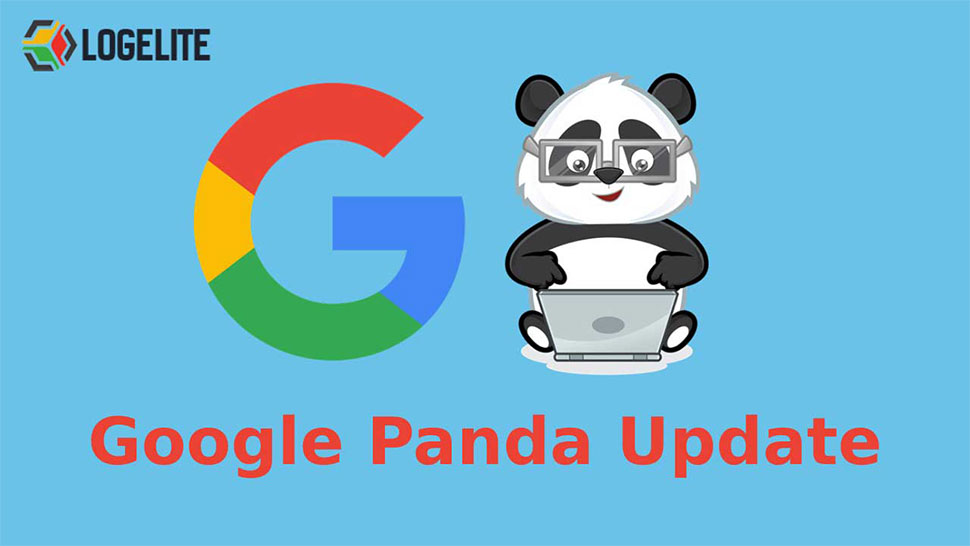Google Panda algorithm update was to appreciate high-quality websites and reject low-quality websites in Google’s organic search engine result.
Panda initially rolled out from the core algorithm but later integrated into unconfirmed data in March 2012.
Panda’s initial roll out over several months affected upto 12% of English language search results. Google tracked 28 data updates to Panda between 2011 and 2015.
“Farmer” is the initial name of Panda. The name Panda comes from a Google staffer Navneet Panda.
Triggers for Panda
Panda update addressed several problematic phenomena in Google SERPs.
- Weak pages with very little substantive text and resources, for example, a set of pages describing various health conditions with only a few sentences present on each page, comes under the category of thin content.
- Use of duplicate content. The copied content issue can happen on your website when you have multiple pages featuring the same text with little or no variation. For example, If a water tank cleaning service creates ten pages, one for each city the business serves, with nearly identical content on all the pages with only the city names swapped out.
- Some pages provide low-quality content due to a lack of in-depth information, which offers low value for human readers.
- Content produced by sources that are not definite or verified leads to a lack of trustworthiness. The sites aiming to avoid Panda’s impact should become recognized as authorities on their topic and entities to which a user would feel comfortable giving any information.
- Use of Content farming technique. A website employs many writers at a low wage to create short articles covering various search engine queries. They produce low-quality content that lacks authority and value to readers because its core purpose is to gain search engine rankings.
- Generation of a low-quality blog that publishes guest blog posts that are short, full of grammatical errors, and lack authoritative information.
- The high ad-to-content ratio on pages is made up mostly of paid advertising rather than original content.
- Sites indicate low quality if they are either blocked directly by users in the search engine result or by using a chrome browser extension.
- Low content around links pointing to paid affiliate programs is nothing more than a paid service.
- Some pages that commit to delivering relevant answers and failed to do so when clicked on it lead to disappointment.
How can you know Panda Update has hit you?
A sudden drop in your site’s organic traffic or search engine ranking correlating with known data of an algorithm update is one of the signals of a potential Panda penalization.
However, we know that many things can result in lost orders and traffic, including new competitors in the market, manual penalties, seasonal dips in consumer interest, or even the ones you expect.
It is crucial to study industry documentation of practices in the citation as involved in the update when an update occurs. Go through the industry list of wrong ways to discover if they are taking place on your website if you lose your ranking or traffic corresponds with a known date. Act to remedy the situation if you believe you’ve found a correlation between bad practices and an update.
Steps to recover from Panda
SEO industry considers Panda as an update from which it is difficult to recover. However, as we know, the Panda update focuses mainly on website/content quality; steps for recovery generally come back to improving that quality. The following are some of the remedial action you must take:
- Abandon content farming practices.
- Overhaul website content for quality, usefulness, relevance, trustworthiness, and authority.
- Revise the ad content ratio so that ads did not just dominate pages.
- Ensure that the content of a given page is a relevant match to the user’s query.
- Remove duplicate content.
- Ensure that the user-generated content is original, error-free, and useful to readers.
- Use the Robots noindex, Nofollow command to block the indexing of duplicate or near-duplicate internal website content or other problematic elements.
If your website is publishing high-quality original content, you have little to fear from this update, but if your website has engaged in problematic practices, it may have hit by Panda at some point. The best way to avoid Panda is to develop a brand that becomes recognized as an authority in its field and build a website that becomes a trusted resource by its excellent content.

Comment
Write a Reply or Comment